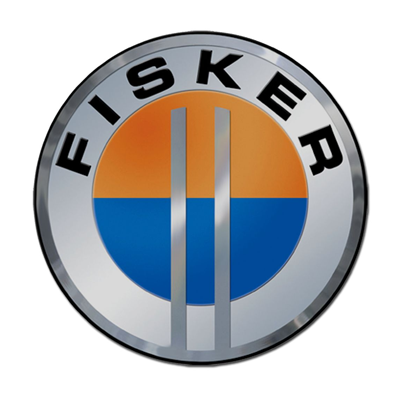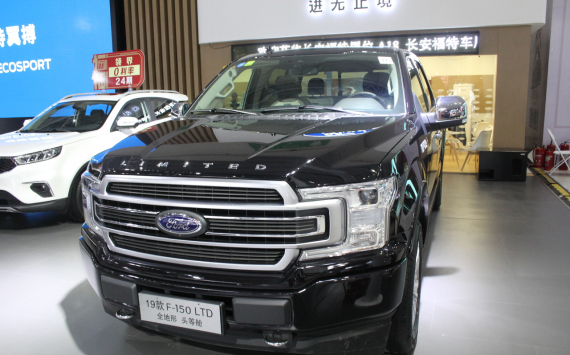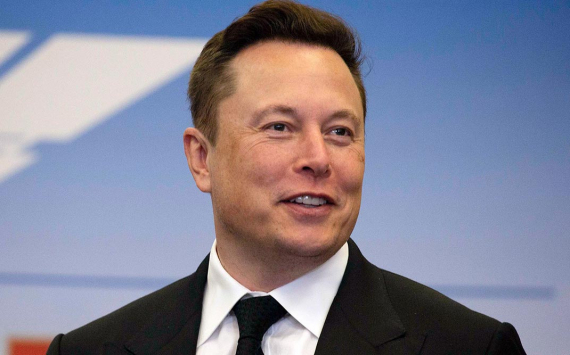Description
Fisker Automotive was an American company known for producing the Fisker Karma, which was one of the world's first production luxury plug-in hybrid electric vehicles. It debuted at the 2008 North American International Auto Show, and first deliveries were in 2011. Production of the Fisker Karma was suspended in November 2012 due to bankruptcy of its battery supplier A123 Systems, with about 2,450 Karmas built since 2011 and over 2,000 cars sold worldwide. In February 2014, Fisker Automotive's Karma vehicle design, tooling and a manufacturing facility in Delaware were purchased by Chinese auto parts conglomerate Wanxiang Group. In 2016. Wanxiang would rename the holding company for the assets of Fisker Automotive to Karma Automotive. Henrik Fisker; the founder, former chairman, former CEO, of Fisker Automotive, retained the Fisker trademark and the Fisker logo, and launched a new, separate company called Fisker Inc.
Manufacturing
Fisker Automotive used to retain core competencies, such as design, engineering and marketing, in house, but outsourced manufacturing of its first vehicle Fisker Karma. Fisker's outsourcing methods allowed the company a 2–3 year period of development instead of the typical 5 years and at a cost of US$333 million instead of $1 billion, and claimed that it could make a profit from selling just 15,000 cars. Fisker used to save significant development costs by using pre-engineered components developed by other car companies whenever possible, such as the door handle mechanism which was a General Motors part; Fisker Automotive just paid a royalty to GM for each door handle in the Karma, which was much cheaper than designing its own door handles. However, the A123 battery failure and its resulting recall, and the eventual bankruptcy of the battery supplier, led to significant problems and added cost to the manufacture of the Karma model, finally resulting in Fisker's bankruptcy.
In 2008, Fisker estimated 15,000 cars per year would be assembled by Valmet Automotive in Uusikaupunki, Finland. Manufacturing eventually commenced in 2011 but by the third quarter of 2012 production ceased.


























